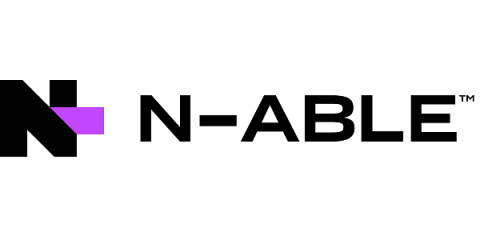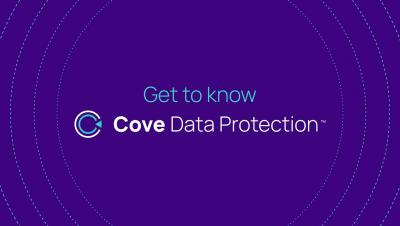Adding Mac Support, Part 3: Alphabet Soup
One difficult part of taking on a new role, especially a technical one, is learning all the jargon. Listening in on a conversation among specialists in any field you’re not intimately familiar with can be highly confounding. It sounds like they’re speaking English. At least some of the words are English, but you’ve never heard them put together in that particular order before. I heard someone mention SMB and SME? Is that a Small to Medium Business or Small/Mid-sized Enterprise?









